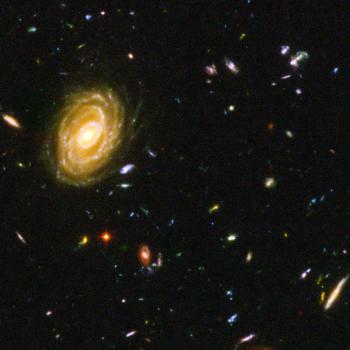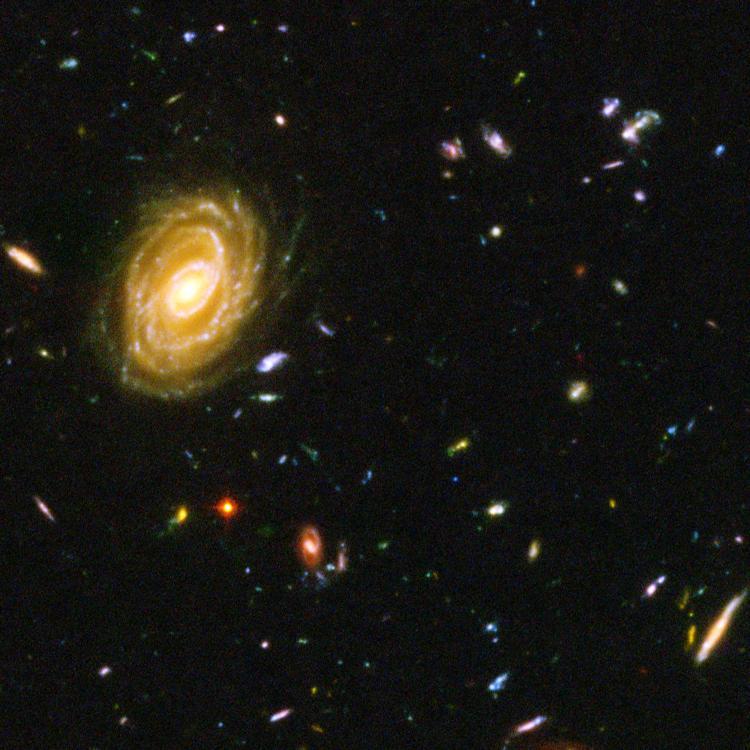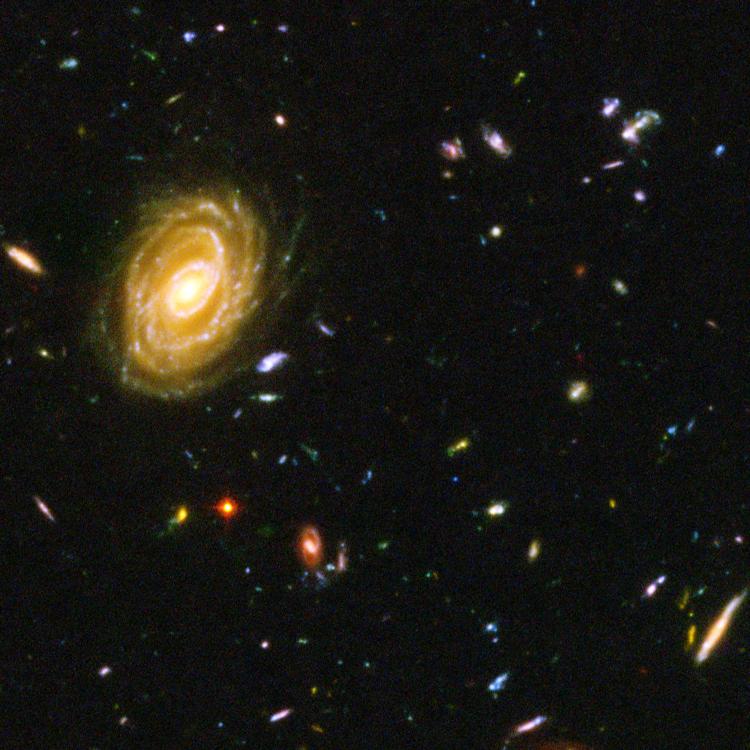“The known is finite, the unknown infinite; intellectually we stand on an islet in the midst of an illimitable ocean of inexplicability.” —Thomas Henry Huxley (1825–1895)
Every mountain, river, and valley, all the animals and human beings—all that was, that is, and will be, was at one time united in a single tiny and fiery point. It was a point so infinitely dense that our mortal imagination will perhaps never be able to comprehend it all. Millions of billions of tons of matter combined with all the energy of the great universe, beginning to expand and break apart in an enormous explosion about 20 billion years ago.
Compared with the Big Bang, the noise made from mankind’s most powerful atomic bomb would be, at most, equal to a mosquito falling to the ground on the other side of planet Earth. From that point on, the history of the cosmos took an ever richer and more curious turn. The constant expansion of all that exists turned the universe to a plasma soup, gradually transforming toward a state increasingly similar to what we know today.
Then this matter slowly cooled down, forming the first quarks, electrons, and protons. Hundreds of thousands of years passed, and electrons and nuclei combined to form atoms, and later formed quasars, stars, groups of galaxies, and all that is our now familiar universe.
Despite all the information obtained through years of scientific investigation, the phases of the universe during its first moments following this great explosion are still the subject of heated debate. The diverse theories that circulate in scientific circles seem to unravel when trying to explain the particular quantum state of matter in the primitive phases—the very first moments of the Big Badaboom. There still does not exist a single convincing physical model to explain the first 10 -33 seconds of the universe.
Trying to understand the origin of this momentous explosion is even more complex. The more we understand the initial cause of each event and gradually come to realize that all things follow from prior causes, the reason behind why the universe was created becomes an even greater enigma—the ultimate truth to unveil.
The Big Bang, Big Crunch, and the Infinite Cycle
One theory being considered to explain the ultimate origin is the Oscillating Universe. Many scientists estimate that the matter contained in the universe is sufficient to achieve a gravitational force great enough to stop further expansion and begin, at a determinate time in history, reversing the process.
According to this theory, the constant contraction of the whole universe would culminate at a single, primordial point—a phenomenon dubbed the “Big Crunch.” From this moment on (theoretically, of course) the universe would literally continue on in the same way, with a “Big Bounce,” that is to say, a new Big Bang.
This theory leads us to question whether this extraordinary chain of events that governs the cycles of everything in the universe (generation-degeneration-destruction) is repeated eternally, and whether it had infinitely followed a similar pattern back into the distant past.
In spite of the Oscillating Universe having been at one time strongly rejected in place of other models of the universe, recent studies have appeared that lend further credibility to this theory. Investigators at Penn State University, using quantum gravitational calculations, have speculated about the possible history of the universe before the Big Bang.
According to these calculations, before the Big Bang there existed a state of space-time similar to ours, except that it was experiencing the stage of contraction. It is thought that the gravitational forces pulling the universe inward reached a certain point such that the quantum properties of space-time caused gravity to become repulsive, rather than attractive, producing the Big Bang from which we now suppose ourselves to have come.
The variation of the cosmological constant alpha, a strange fact that was considered revealing to scientists in recent years, could also be related to the matter of previous universes. This abstract value (alpha)—taken as a parameter of the universal laws that permit atoms to be maintained in unity, also underlying the laws of chemistry as we understand them—does not coincide with what we would expect from a universe as old as ours.
According to the current value of alpha, the universe should be some 14 billion years older than it is, and matter should be much more dispersed than its current state suggests.
However, this cyclical theory could well explain the anomaly of this alpha constant. Paul Steinhardt from the University of Princeton and computational physicist Neil Turok from the University of Cambridge in the United Kingdom believe that there would have been time enough for the measured value to be such as it is if it had existed prior to our universe.
Building their idea from the perspective of string theory and M-theory, Turok and Steinhardt theorize that the “Big Bang” is not exactly a unique occasion, but merely the latest in a long line of collisions, which occur periodically when universal expansion has reached its limit.
The Great Origin and the Limit of Science
Even if the theory of the cyclical universe were to be proven, or if we came to find that our world originated from a prior Big Crunch, the origin for the cycle of indefinite expansions and contractions remains a mystery.
The model of cosmic cycles proposed in the Big Bounce could not have an endpoint, but mustn’t it have a beginning? Does this origin become the frontier between science and religion? Do “divine” factors underlie the origin of space and time, or will we some day be able to explain everything, and the cause of the Big Bang, in a completely scientific way?
Contemporary science has guided us toward calculations that appear to approach the principal elements of the Big Bang. Yet despite these increasingly sophisticated calculations, are we really any closer to knowing what actually happened?
There is still a great possibility that humans will never be permitted to know the ultimate truth. And even though many scientists believe that the universe we inhabit could not possibly contain anything beyond the horizon of a scientific explanation, human beings at one time or another will occasionally succumb to the temptation of asking themselves just what it was that caused “all that exists.”
The Epoch Times publishes in 35 countries and in 19 languages. Subscribe to our e-newsletter.






